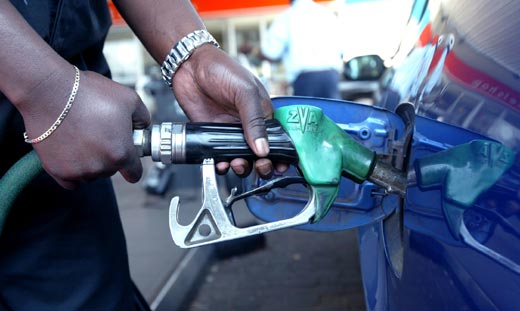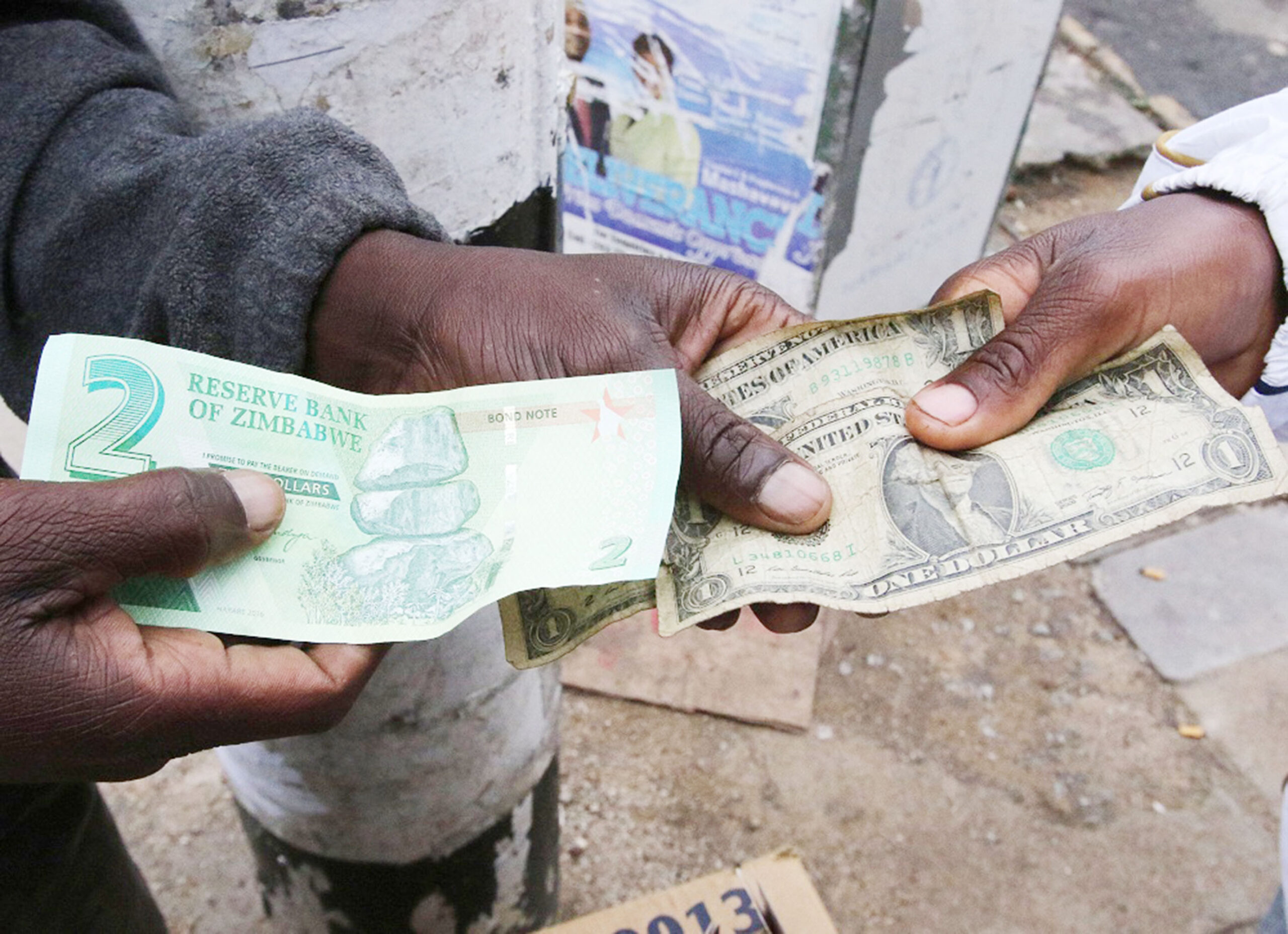Exchange rate moves marginally
The price of a US dollar sunk marginally in yesterday’s wholesale auction for bankers to $4 505,4232, a drop of just $32 or 0,71 percent from the Thursday auction of last week and easily the smallest change in either direction since the bankers’ auctions started on June 7.
The auction also saw more convergence of bids by banks. The top bid was $4 580, a significant drop on the top $4 711,74 of Thursday, but the bottom allotted bid rose marginally to $4 480 from Thursday’s $4 450.
The total amount of foreign currency sold from the pool of US$20 million was US$7 900 600, taking the total for the 13 bankers’ wholesale auctions now held to US$101 545 600, and confirming the bankers as the main source of foreign exchange for the business sectors who need to top up their own foreign currency earnings.
The retail auction for the major importers continued the present trend of being fairly small potatoes. The large companies put in bids totalling US$601 650 and all got what they wanted, but this was just 7,6 percent of what the banks actually bought, stressing that the banks now run the transfers of foreign currency from exporters to importers, and in the rates they set and the bids they make now set and manage the exchange rate.
However, 10 of the 16 bids, totalling just under US$6,6 million were rejected on the grounds that the bids were too low and out of the acceptable range of bids. There was more than enough in the pool of US$20 million to satisfy all the bids for US$14,47 million, but the authorities have made it clear in several past auctions that they will enforce a fairly tight range between top bids and bottom accepted bids, as is the best practice in other parts of the world.
The wholesale auctions allow banks to buy part of the foreign currency released from the 25 percent of export earnings that exporters have to sell immediately the money arrives in Zimbabwe.
The banks will then sell this foreign currency to their customers and if they got their sums right should make a small profit on their mark-up.
While each bank sets its own daily rates for buying and selling foreign currency, the banking sector being the only sector that does not use the interbank rate, they cannot move too far away from the weighted average of the rates, what is the interbank rate, since their customers will simply move to another bank that does not profiteer.-herald










